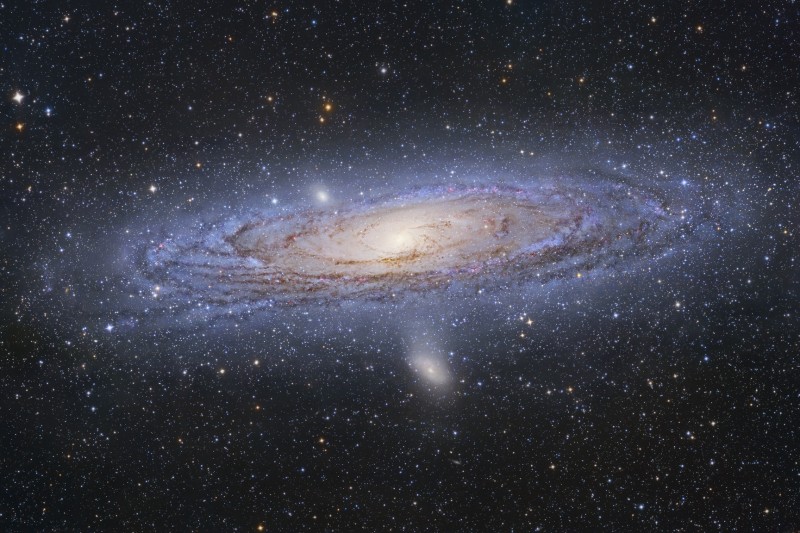Two items of interest popped up last week:
First: The European Space Agency posted a very nice video showing the Andromeda Galaxy in light from X-rays to gamma rays. About a third of the way into the video, one can see variable stars pulsing and other stars flashing as they go nova, thanks to the view from the XMM-Newton X-ray telescope. Check out “Andromeda’s coat of many colours“. (Check out the post on 6, January 2011 under the galaxy category for more information about Andromeda.)

Second: An image posted on the Astronomy Picture of the Day site by Juergen Michelbergershows in very unique detail how stars and planets are affected by Earth’s atmosphere. Or, more appropriately, why stars twinkle and planets don’t.

The star, being much further away from Earth than the planet Mars, presents an image that is much smaller in diameter than Mars. This smaller point of light is affected by the variations of the Earth’s atmosphere due to temperature and moisture much more so than the larger source of light from the planet. Consequently, the star’s image is randomly refracted, causing it to vary in color and brightness, while Mars shines on steadily over the ten second exposure. The intricate image is due the camera being swung about. Check out the link to APOD above for more information about this unique image.
Till next time,
RC Davison
